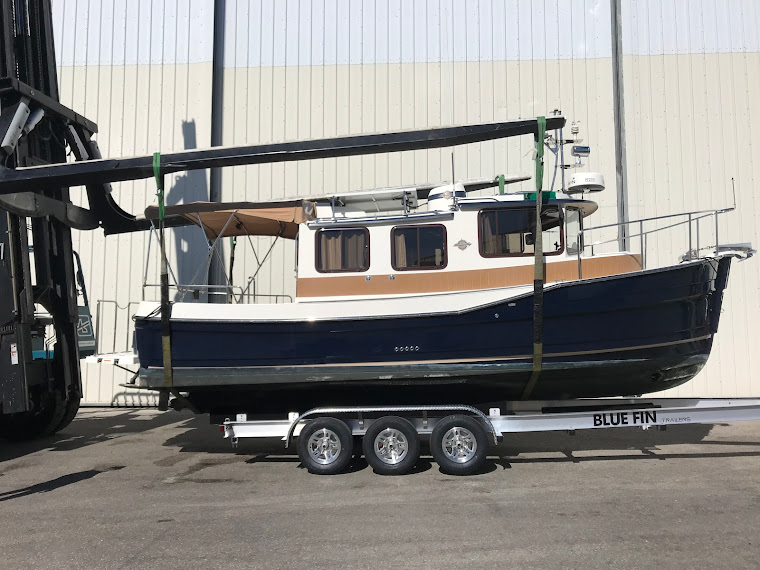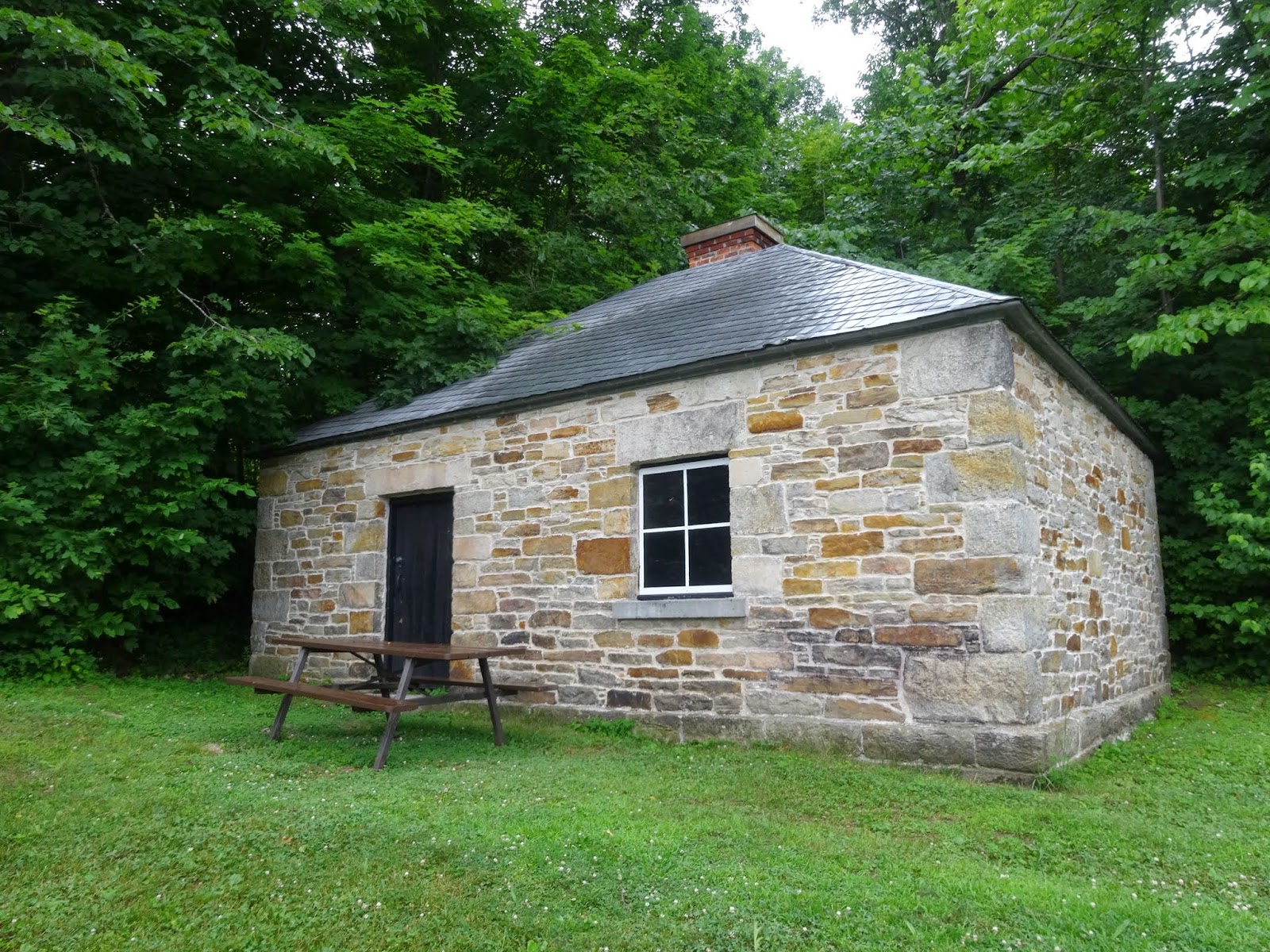Rideau
Part 2 – 3 mile days
Continuing
our slow trek we have stopped at the impressive Jones Falls Lock and Dam for a dinner
at the historic Hotel Kenney – reportedly now owned by an American who used to
visit here as a boy. This hotel and restaurant has operated since 1877 serving
those who were lucky enough to visit the Rideau Lakes and our stop today was
like a return to those earlier days of gracious lakeside living.
We moved on to
Davis Lock and then Chaffey’s Lock where shaded walls shielded our boat from
summer sun and protected us from lake winds. The journeys were short but scenic
as we wound between islands of granite and pine trees splashed by crystal clear
water.
The
folks we have been “camping” alongside have been gracious and welcoming –
sharing their many years of Rideau experience to help us plan our next stops –
it is not hard to understand why so many have spent 20 or 30 years boating in
this area.
What
is it that makes this area so appealing? Friendly and helpful people rate right
at the top – we never seem to be short of hands on the dock to grab lines and
give an assist. Also, the folks we have met are eager to share ideas on their
favorite spots and places to avoid – far more useful than bland guidebook pandering
to advertisers. While the lock walls have been full the last couple of
evenings, no one is noisy late at night or early in the AM – we have been in
far less crowded camping spots with far more noise. Here the sounds of waterfalls from canal dams
help mask any human noise.
The
locks themselves plus the bridges and dams are marvelous feats of engineering – largely
unchanged from their early 19th century construction. In the whole
system of 44+ locks, only three are operated by electricity. Yet, these cranks
and doors squeak with the triumphant cries of early innovation as they open and
close for 21st century boats. Watching the ballet puzzle of boats
being loaded in a lock is fascinating not only for boaters like us but for the
tourists who stop at these lock parks to watch the action. We suspect they are
hoping for a “disaster” with boats ramming walls or other boats or just blowing
around in the wind – while the reality is more mundane as the expert lock
managers and their assistants expertly guide boats into the lock – cramming the
maximum in when traffic is high – with a steady, unhurried grace. Then they
close the doors, lift the appropriate gates and finally open the exit doors to
release the boats on their way. That is unless the lock is part of a flight of
two or more locks which open and close into another lock – like at Jones Falls,
Kingston Mills or Ottawa.

At
this point we have cleared hundreds of locks, but still find watching and
participating endlessly entertaining. It
is also pure delight to have the young attendants doing the hard work of
cranking the locks, gates and bridges.
We have all to clear a memory of the locks in France that we had to
operate on our own. As with those locks, we find the mechanics of this
functioning antique machinery and the massive masonry constructions worthy of
photographs which we insert for your pleasure!
One
word about the bridges – those steel cables that run from the frame to the deck
are not fixed but require “tuning” by the lock keepers sometimes several times
a day depending on weather conditions – wet or dry weather and changes in
temperature mean that the bridge will not set properly without “turning” – too
loose it will get stuck and not swing – too tight and it will have an uneven
road surface. We imagine that this is not an exact science but another skill
that lock keepers learn on the job overtime – like their precise skills in
loading a lock with the best mixture of boats and in the correct order.
Finally,
there is the scenery – granite cliffs and islands dotted with evergreens,
narrow passages and that oh so clear water – sometimes all too clear and we can
see the bottom closer than I like. Other times, the bottom is 100 or even
closer to 200 feet below us – all changing quickly so Captain Steve has to stay
alert, but then with the dramatic scenes it is not hard – our short travel days
also help! But, who would rush through such a place. It amazes us that Colonel By had the foresight
to build this canal so that 21st century boaters could continue to
enjoy this mostly pristine corner of Canada.









































No comments:
Post a Comment